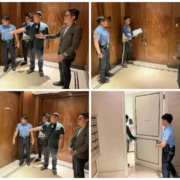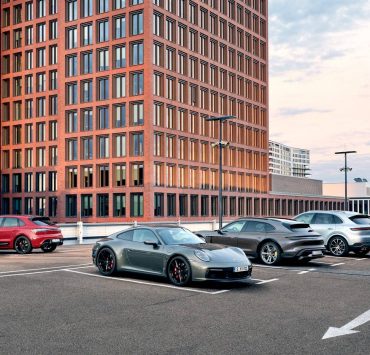Japan’s haunted house summer tradition takes on climate change
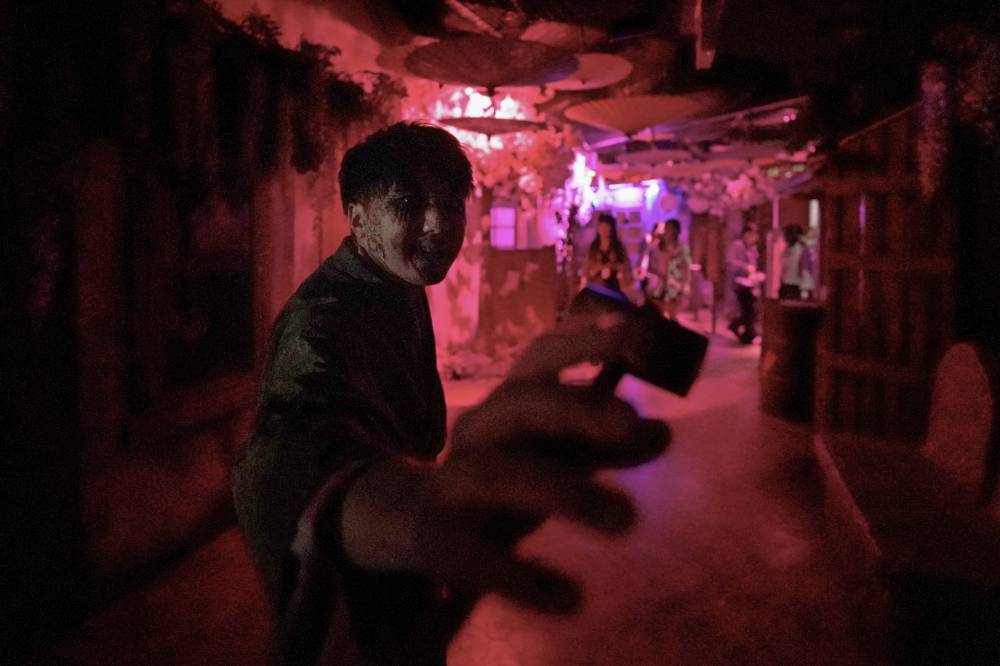
TOKYO—Halloween may not be for months, but it’s already peak haunted house season in Japan, where seeking a bone-chilling fright is a long established summer tradition.
Kimono-clad ghosts with bloody eyes convulse in agony and lurch towards visitors at one spooky establishment in Tokyo, roaming around groaning like zombies.
Summer is closely associated with the dead in Japan, because it is believed that ancestral souls return to their household altars during the mid-August “obon” holiday.
So a visit to a haunted house is seen as a refreshing respite from the season’s often stultifying heat and humidity—thanks to both modern air-conditioning and the less tangible chills sent down one’s spine.
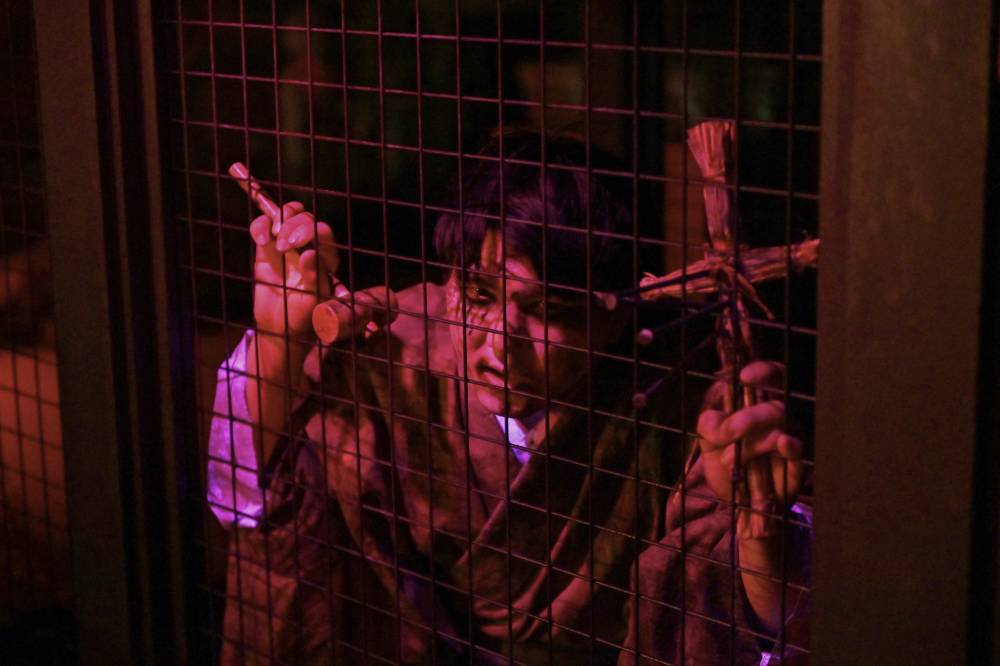
Emerging from the dimly lit attraction at the indoor theme park Namjatown, 18-year-old Misato Naruse told AFP she had come there with her friend Himari Shimada “to get cool”.
“I broke out in a cold sweat without even realizing. That’s how scared I was, I guess,” the university student said beside a drained and speechless Shimada, also 18.
Japanese summers are getting harder to bear, partly because of climate change.
“Last year it was very hot but this year it feels even hotter. And I wonder how much hotter it will be in a few years’ time,” Naruse said.
This year, Japan sweltered through its hottest July since records began 126 years ago, with temperatures in the country 2.16 degree Celsius higher than average.

In central Tokyo alone, 123 people died of heatstroke last month, when extreme heatwaves fueled by climate change saw a record number of ambulances mobilized in the capital, according to local authorities.
‘Chilling the liver’
Many haunted houses in Japan play up to their refreshing reputation by using slogans such as “a shudder that blows away the summer heat”.
The idea can perhaps be traced back to the Japanese traditional theater form of kabuki, according to Hirofumi Gomi, who has worked behind-the-scenes as a producer of haunted house experiences for three decades.
Lore has it that a few centuries ago, kabuki theaters struggled to lure spectators in summer because many loathed being crammed inside without air-conditioning.
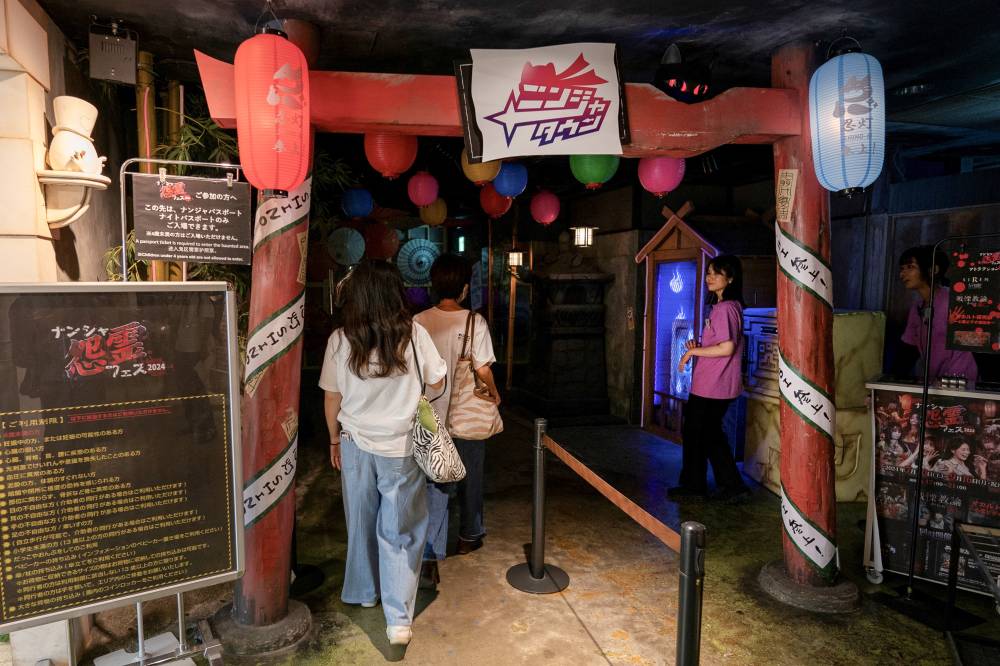
But that changed when performers swapped sentimental human drama for full-on horror—aided by various tricks and contraptions, similar to a modern-day haunted house.
“For patrons wilting under the heat, dazzling visual effects and gripping ghost tales were more bearable than the subtleties of human-interest stories,” Gomi said.

“So maybe haunted houses don’t so much cool you down as make you forget the heat momentarily.”
At the Namjatown haunted house, which is meant to evoke an abandoned, spirit-infested town, organizers are confident about the scary tricks up their sleeves.
“In Japanese, we say ‘kimo ga hieru’, or literally ‘chilling the liver’ — a reference to the sensation of getting goosebumps,” Hiroki Matsubara, of operator Bandai Namco Amusement, told AFP.
“We believe visitors can experience the feeling of being scared, surprised or ‘chilled to the liver’, which will hopefully help them enjoy a cool feeling in summer.”
AFP is one of the world's three major news agencies, and the only European one. Its mission is to provide rapid, comprehensive, impartial and verified coverage of the news and issues that shape our daily lives.


